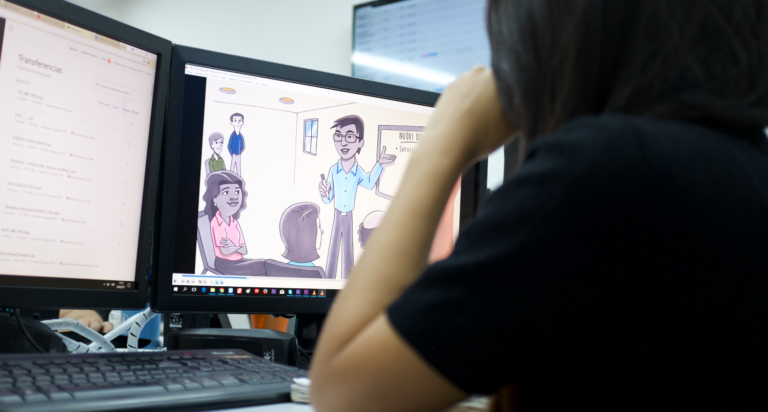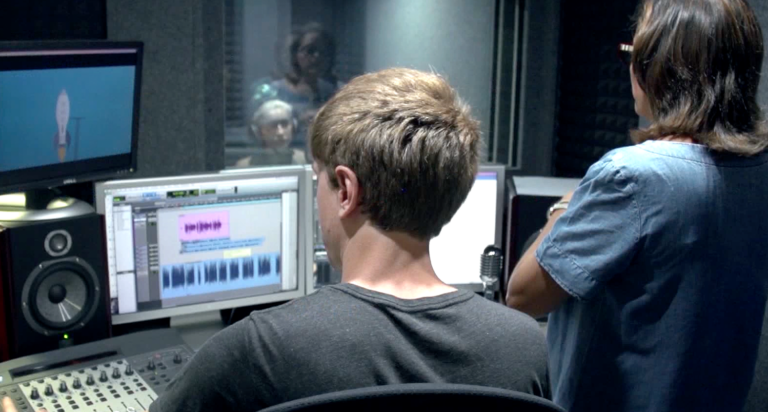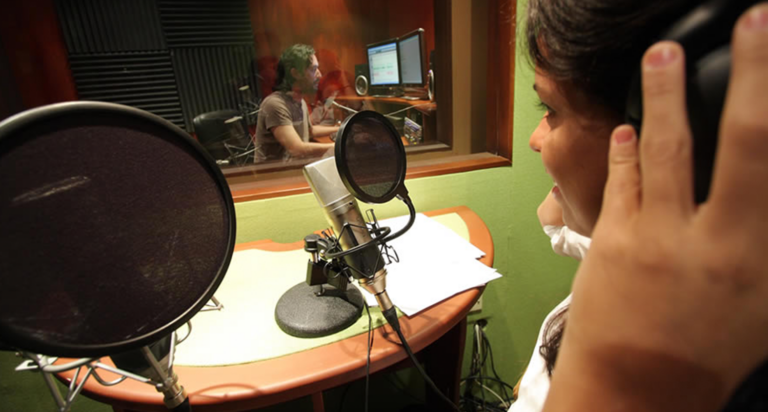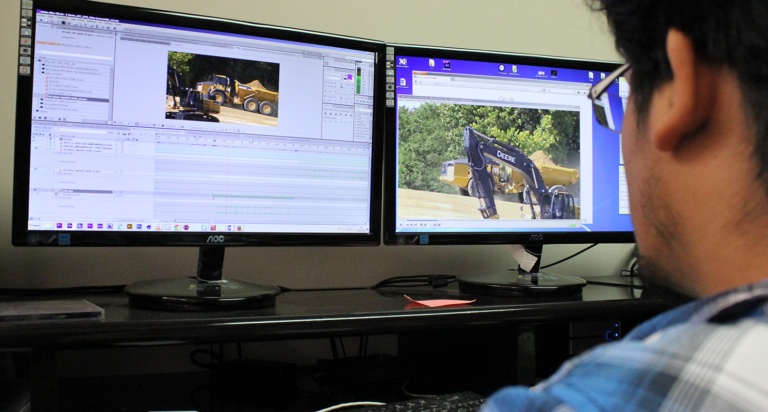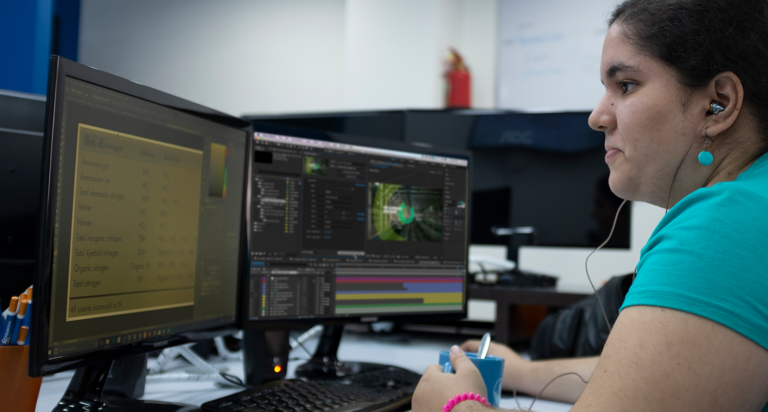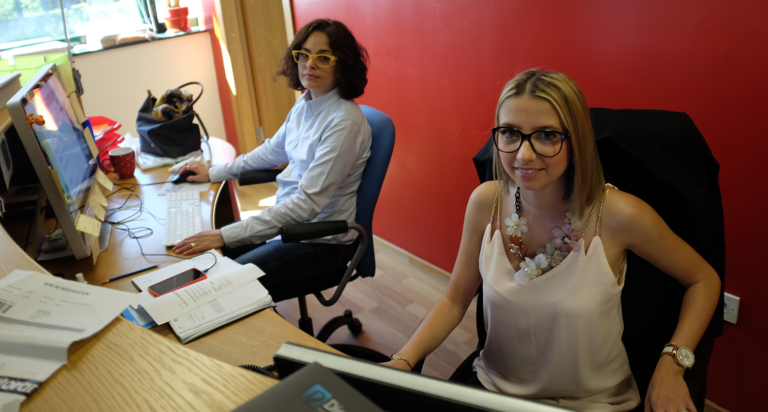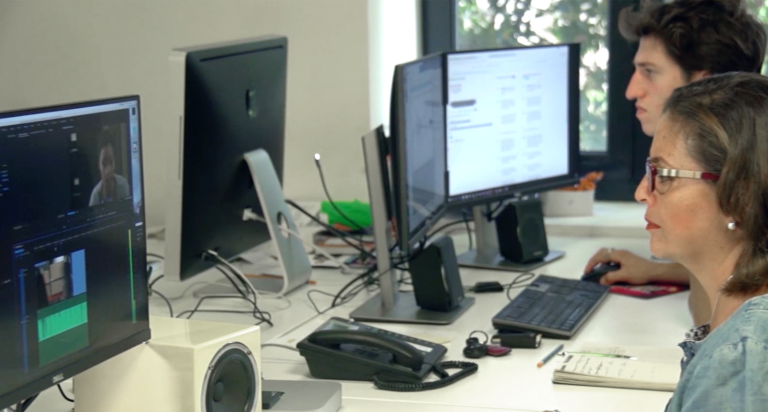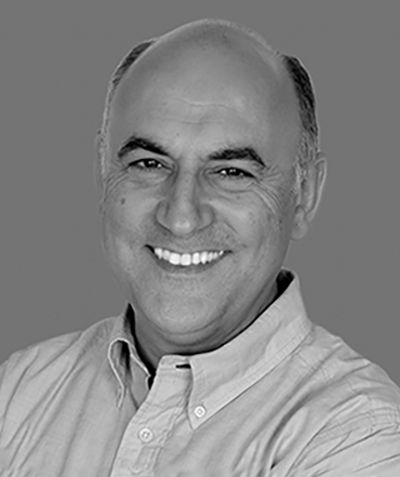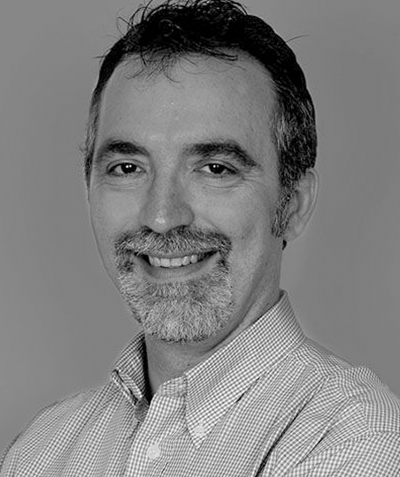We record, clean, edit and encode audio for any platform or format.
We master audio applying any output specs:
TV Broadcast, Internet and Mobile.
Microphones:
- Neumann U87
- Neumann TLM 107
Monitors:
- Dynaudio BM 15a
- Focal SOLO6 BE
Peripherals:
- Millenia STT-1
- Avalon VT 737sp
- Avid HD Omni
Power computing:
- Mac Pro ®
- Dell ®
Software:
- Pro Tools HD Ultimate ®
- Sound Forge ®
- Adobe Creative Suite ®
Our Studios
Acoustically treated studios for recordings, post-production suites for audio and video editing and a battery of DTP workstations, we have the space and the tools to process many different projects at a time, no matter how complex, multi-lingual or multi-platform they are.
From our headquarters in France we are expanding globally with a new audio studio and DTP facility in Ecuador, South America as well as partner studios in Eastern Europe and the Far East.
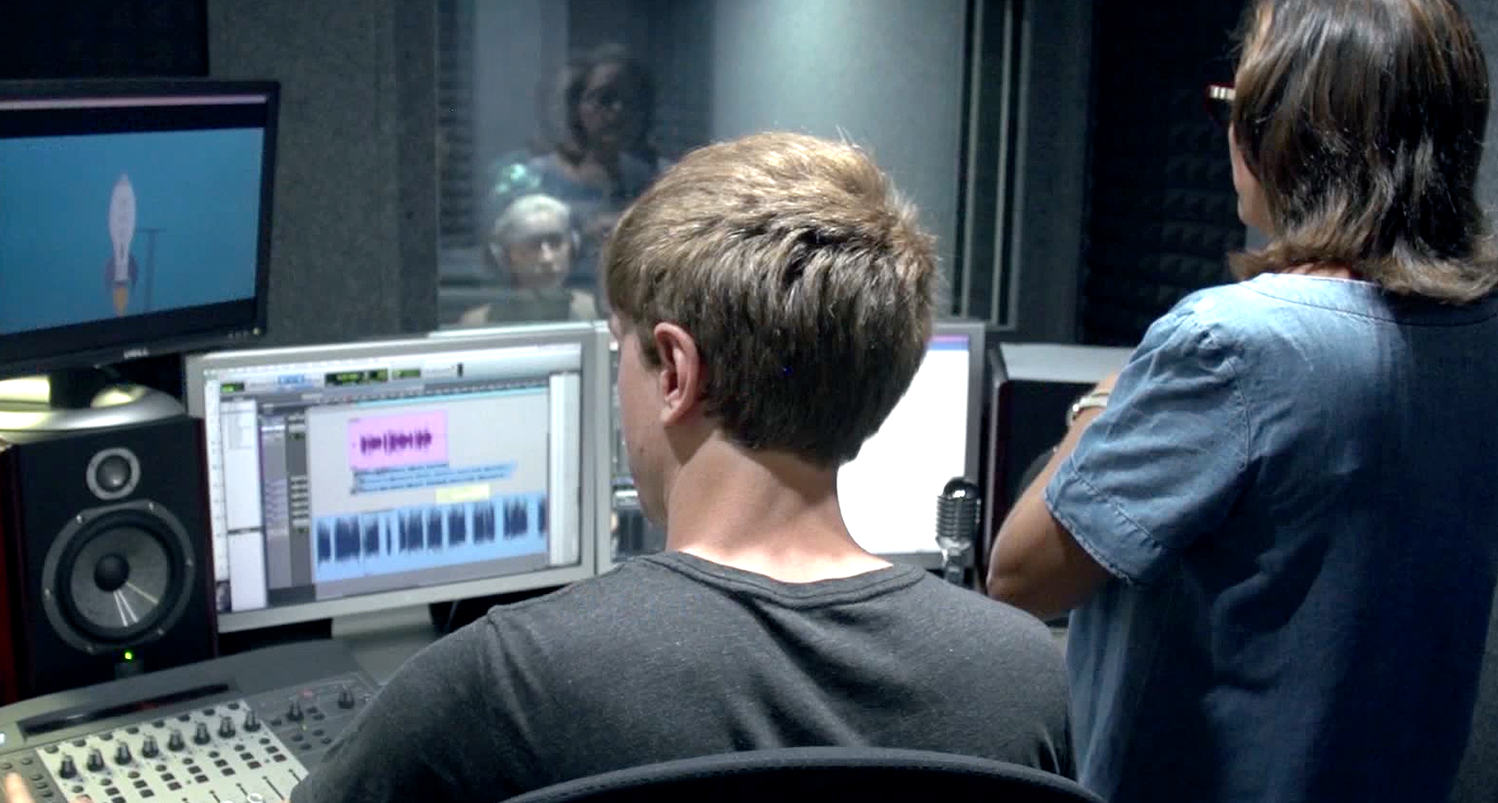
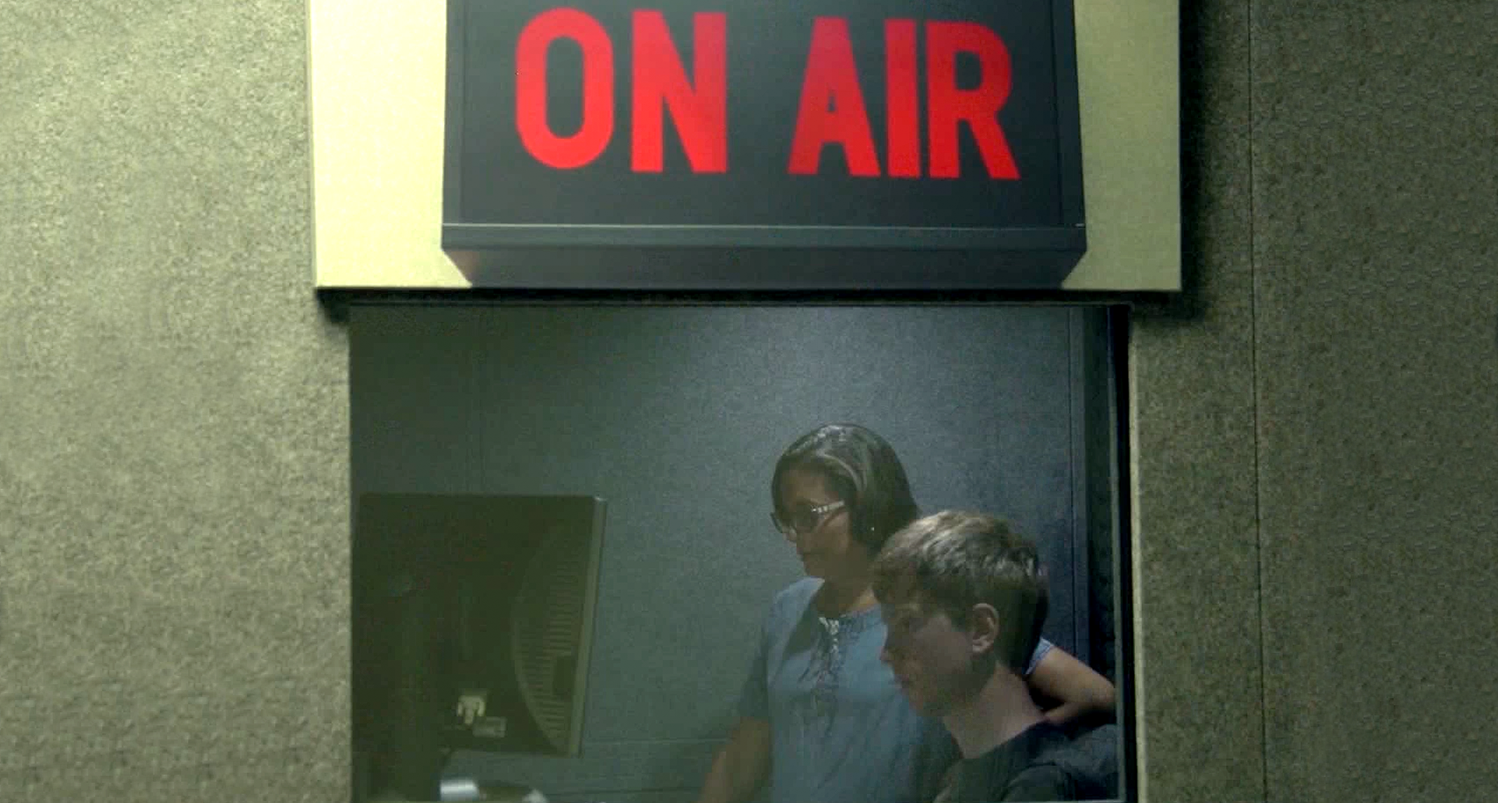
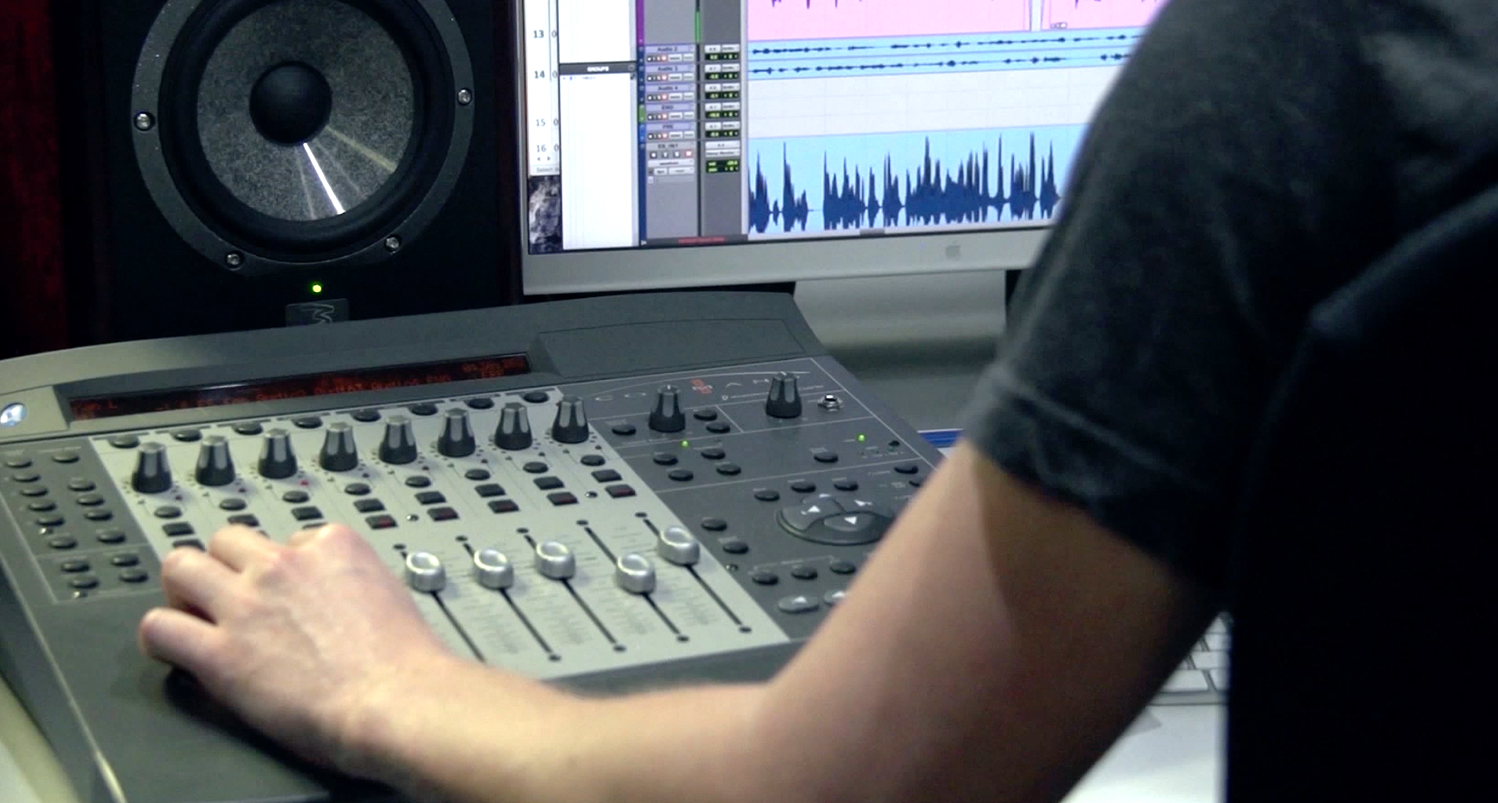
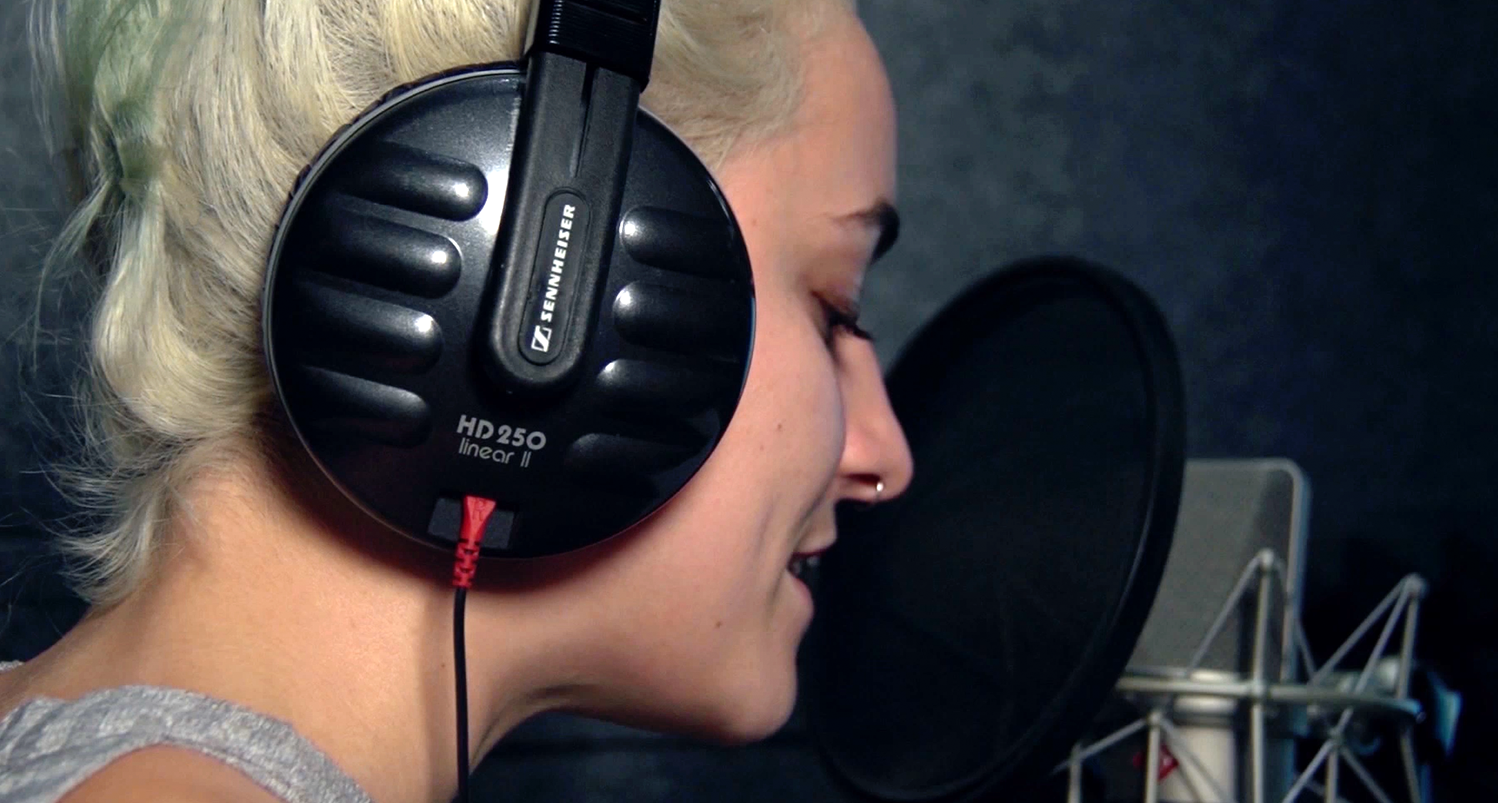
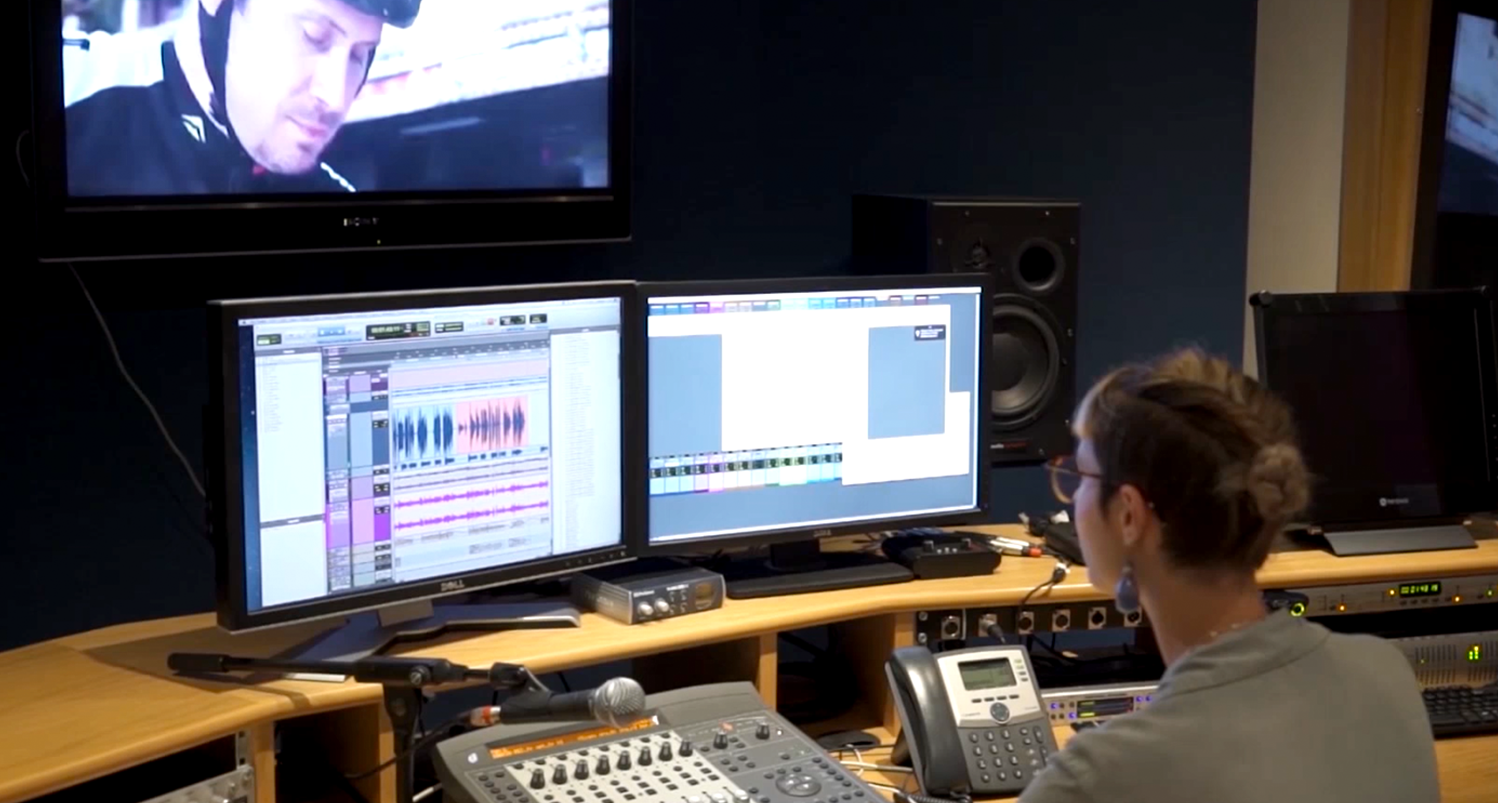

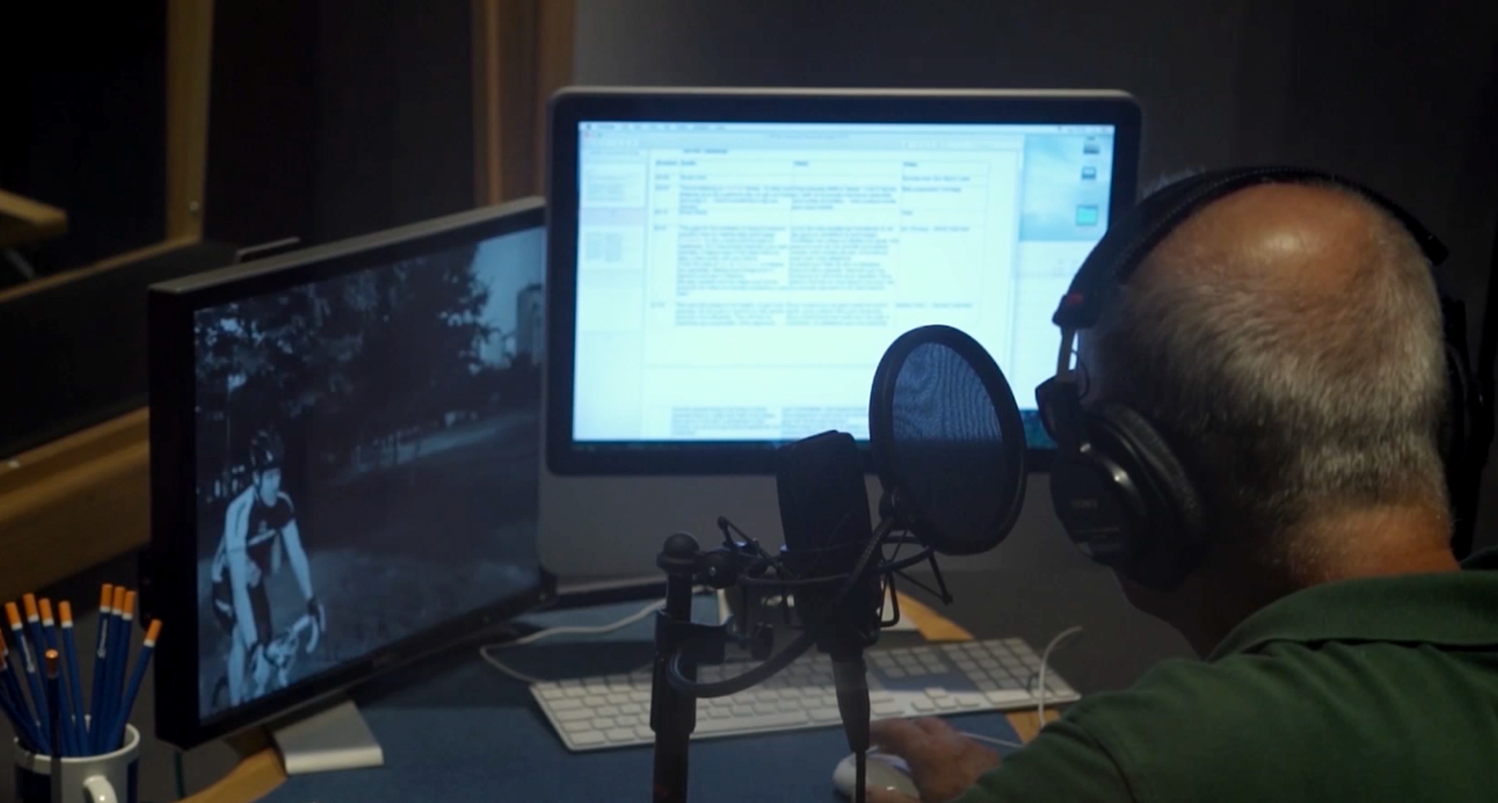
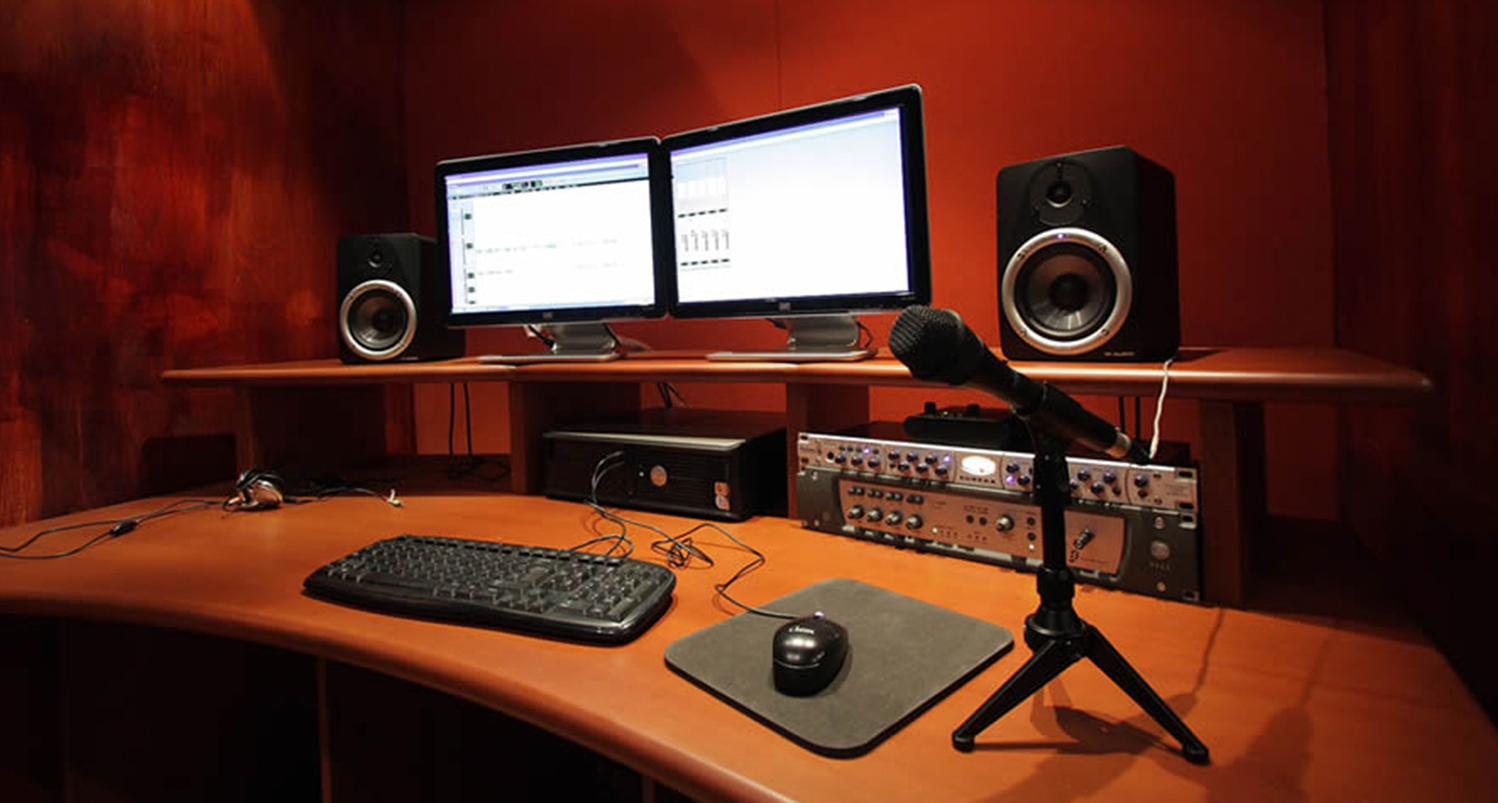
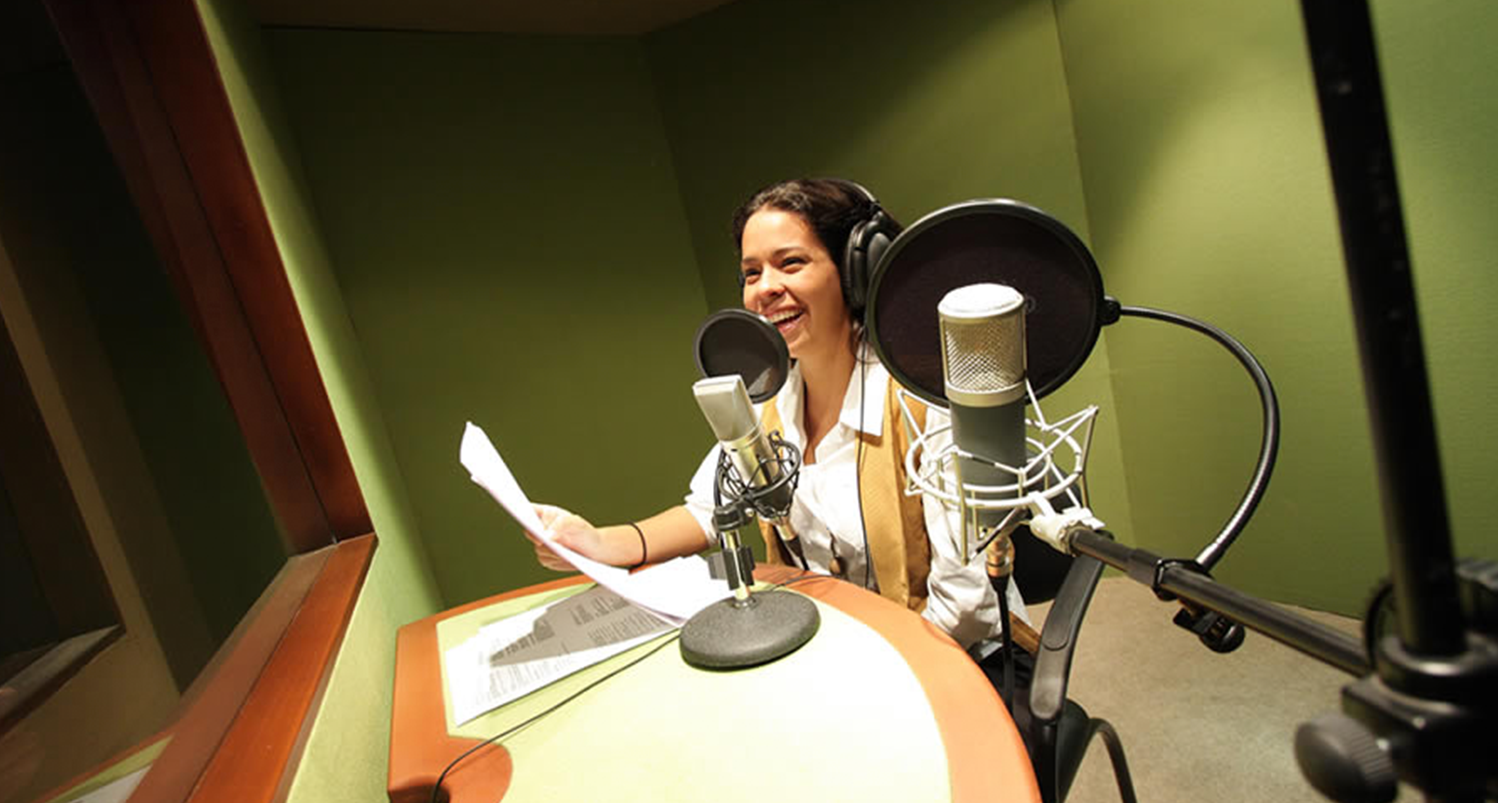
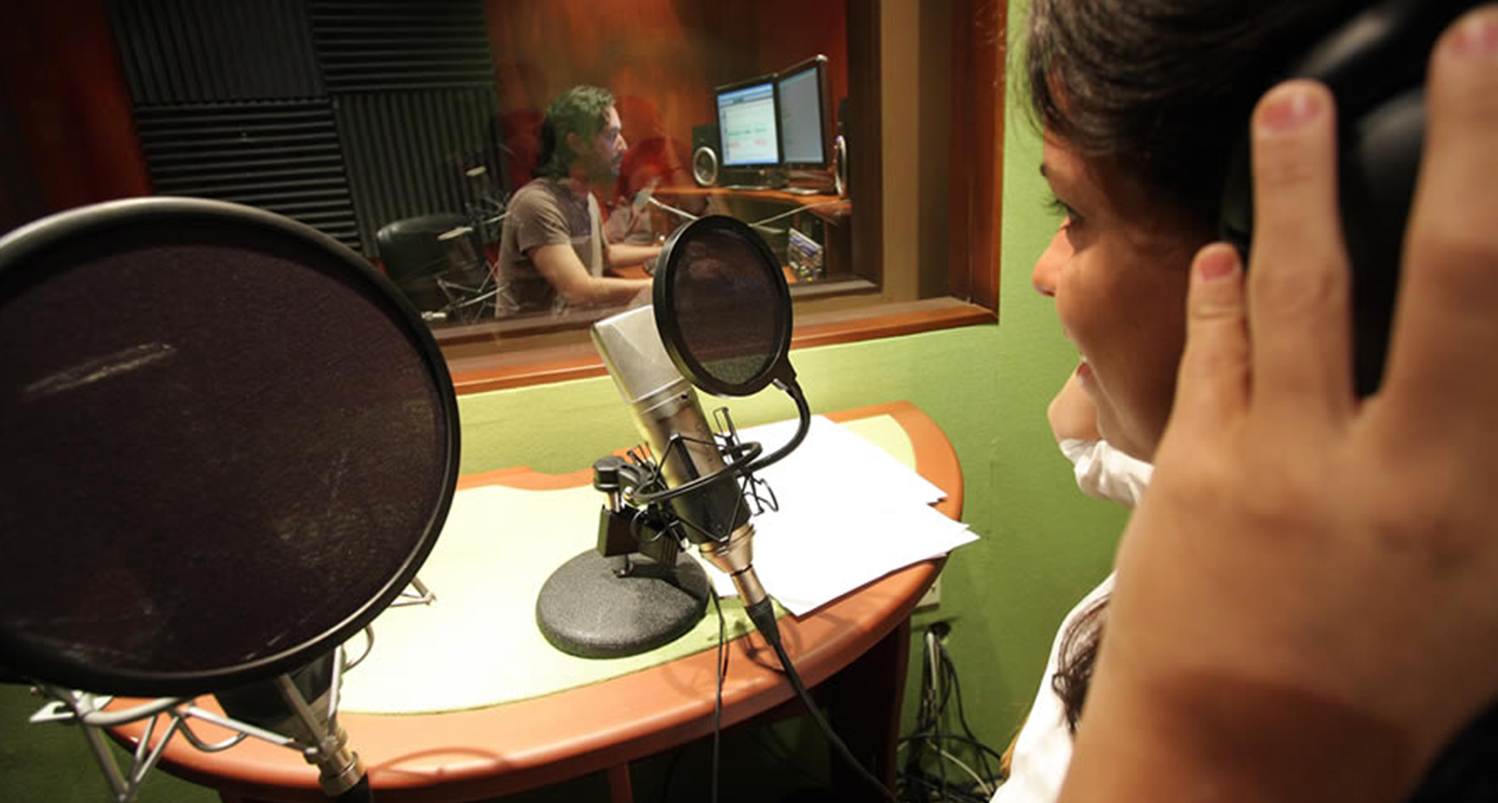

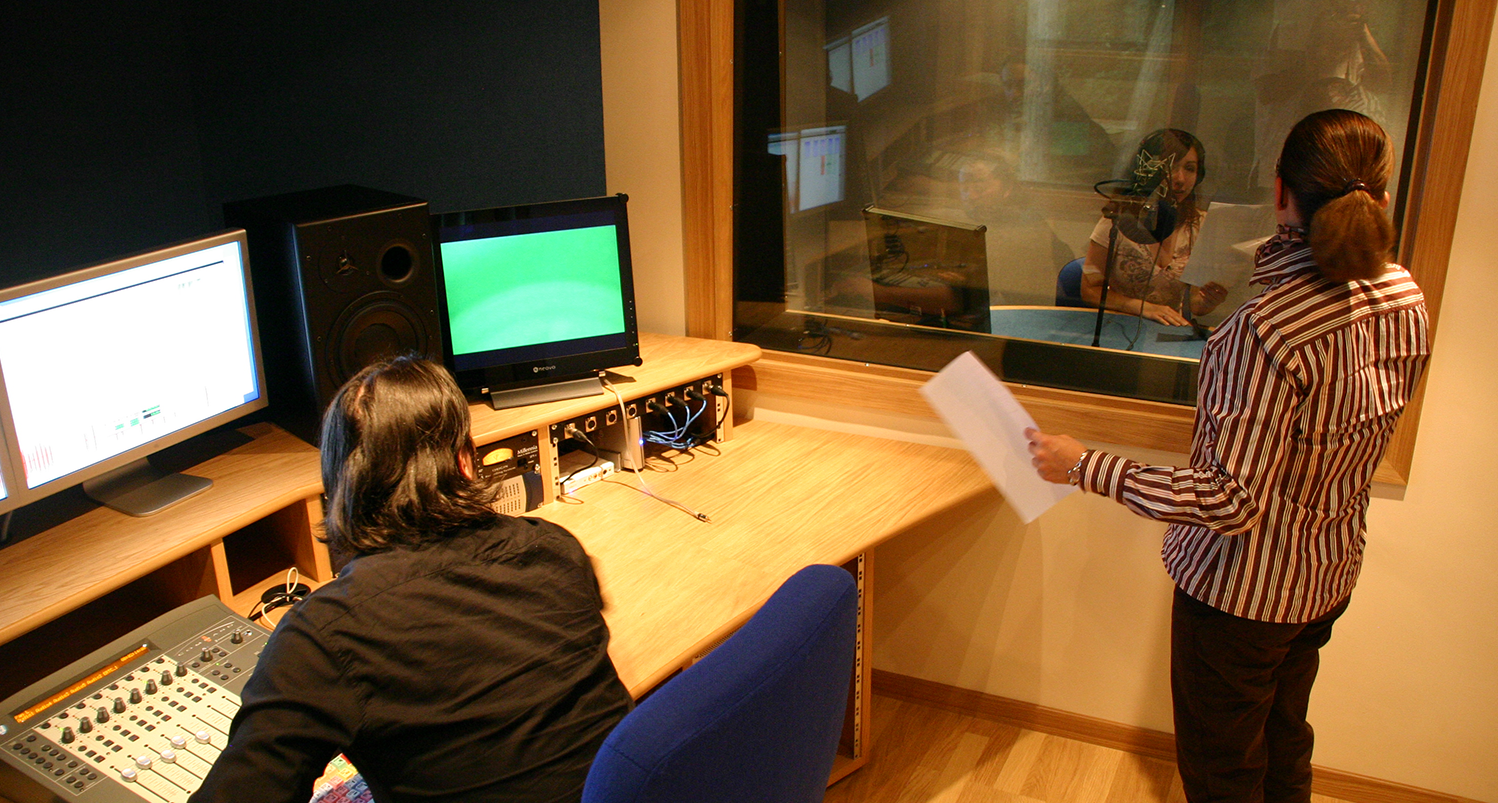
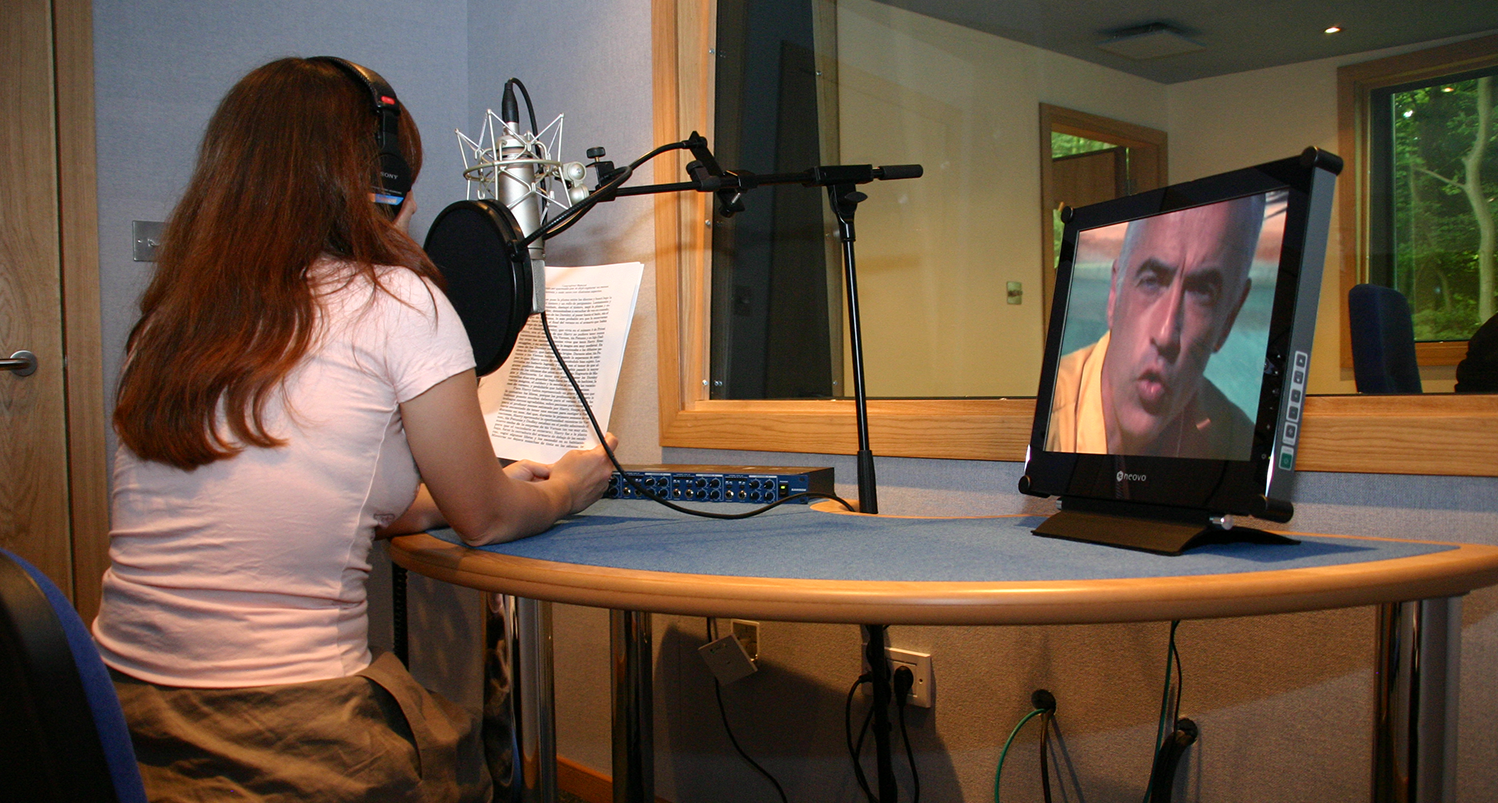
Our sound studios are our greatest technical asset!
When you hear our recordings, you will understand why we are so proud.
Control Rooms
Unique architecture especially created for the finest sound reproduction: insulated walls to eliminate any noise or rumble from outside, sound proof doors and windows, along with an irregular shape of the room and padded ceilings.
We use Pro Tools Flex (Ultimate and HD systems) with high-end Avalon and Millenia preamplifiers, as well as Neumann microphones to get the best warm sound from our voices.
Soundproof Booths
With a typical “room within a room” structure, our studios are surrounded by an empty chamber of 30 cm coupled with thick acoustic doors and special sealed windows. Damping materials within the walls, thick carpet on the floor, and padded tables absorb any reflecting noise to create a neutral sound and the perfect ambiance for voice recording.
Air ducts feed A/C to the interior through a series of buffers providing a non audible fresh air flow for the comfort of the voice talents inside the booth.
Remote Recording
Using Skype or Source Connect we will connect you with your favourite voice talent here or anywhere in the world.
You will be able to direct the artist in real time and get the best tone and intention for your script. If the talent doesn’t speak your language, no worries, we will always get your message across to him with our multilingual staff. With distant recording we get 100% customer satisfaction and everybody involved enjoys a great working moment.
Our best resource is our people
We are continuously reinventing ourselves to meet the challenges of localizing in the ever changing digital revolution.
We are LSP professionals dedicated to the success of any localizing project, big or small, pooling together years of experience and knowledge and devoting outstanding customer service well beyond deliveries.
Our expertise formula is double:
We choose the Best Professionals
Certified translators, native and seasoned voice talents, software developers specialized in localization processes, new generation DTP, video and audio editors and dedicated multilingual project managers.
We work with the Most Advanced Technology
Besides constantly updating our software collection, we can develop APIs and other special softwares to cater to the specific needs of your localization projects, providing an efficient workflow and flawless output.
Our Mission
We help our customers succeed their landing on the global markets, by providing professional localizing services for audio, video and multimedia using the most advanced technology.
Our Core Values
Our professional teams commit to being:
- Honest
- Reliable
- Innovative
- Performant
- Accurate
- Flexible
Meet our teams
Problem-solving, multi-task and of course multilingual, these are the features that best define Prime Group teams.
Our people not only offer you many years of experience and abilities in the area of multimedia localization, but also full personal involvement, quick response and advice at all stages of your project so that we meet and even exceed your expectations.
- Project Managers
- Artistic Directors
- Voice Talents
- Sound Engineers
- Translators
- Reviewers
- Graphic Designers
- Video Editors
